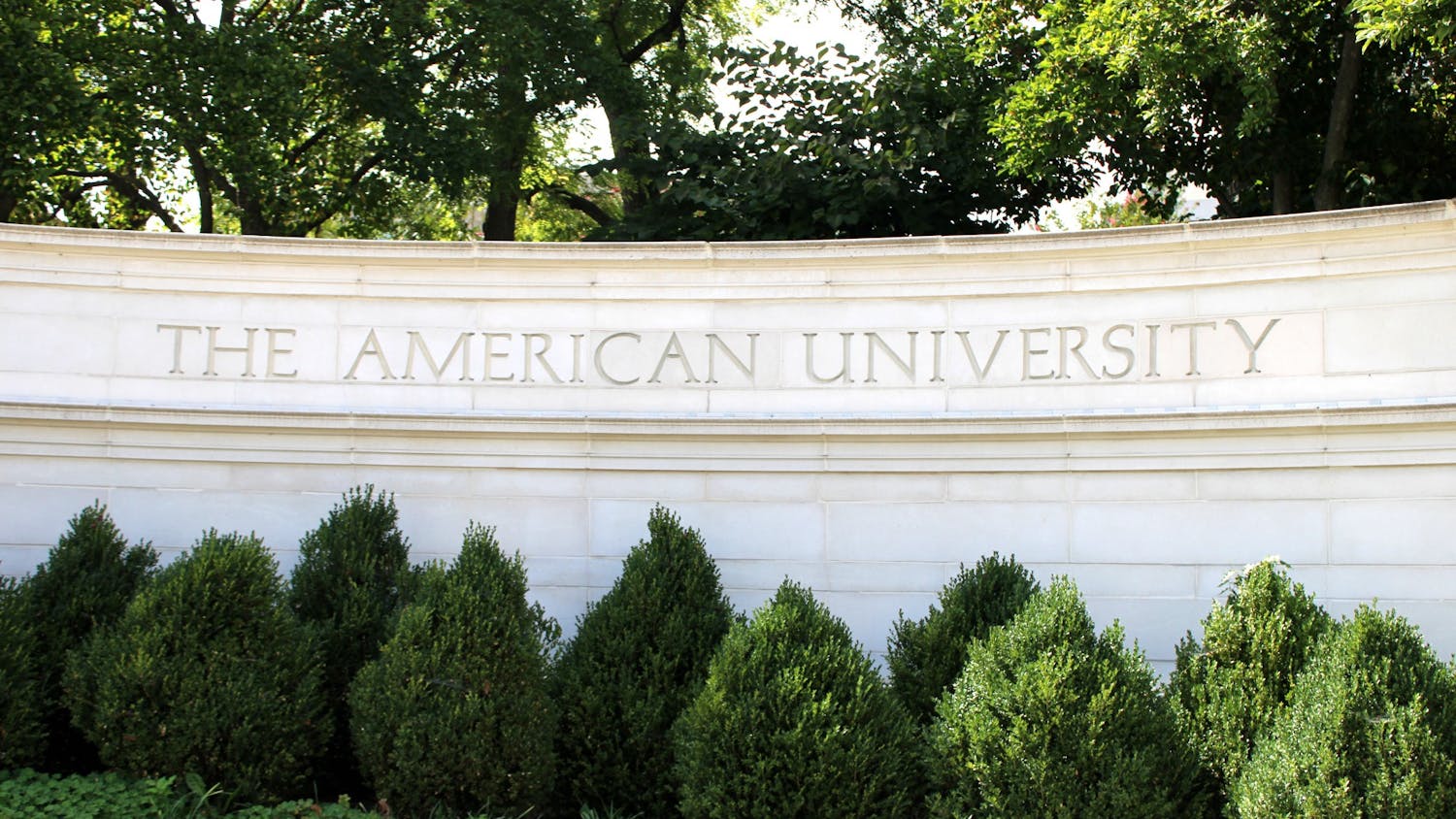For more on field development, go to the story in this issue.
The Army Corps of Engineers resumes excavations today to recover chemicals buried in the area known as Lot 18, located on the South Side of campus behind the Public Safety, Financial Aid and Hamilton buildings.
Last fall the Army Corps found a glass container containing the chemical agent Lewisite. Since then, the site has been closed pending stricter security measures as the site was reclassified as a "High-Probability" area where more Lewisite may be found, according to the Army Corps.
"As soon as we found that bottle, that tells the Army that we need to protect the community and our workers from that kind of potential material in the future," said Gary T. Schilling, program manager for the Baltimore District Army Corps of Engineers.
Lewisite is described by the Centers for Disease Control and Prevention as a "blistering agent." It is an "oily, colorless liquid in its pure form and can appear amber to black in its impure form," according to the CDC Web site. Contact with Lewisite can cause irritation to the skin and eyes within minutes, low blood pressure and respiratory and digestive tract problems.
The new safety measures include a large tent behind the Public Safety Building. The tent, known as the Engineering Control Structure, is where all the digging will take place.
"We have overlapping and redundant safety measures in place," Schilling said. "We have made very conservative assumptions about worst-case scenarios that could happen and what kind of measures we can put in place to protect the public from those types of scenarios."
Public Safety has "been involved in extensive briefings," said Gary Folckemer, coordinator of Public Safety Administration.
"The work has to be done," Folckemer said. "The Army Corps has a lot of experience in doing this type of thing. I have a great deal of confidence that they are going to be able to do what they have to do and not have any type of exposure or risk."
There are no plans to relocate any of the offices that border Lot 18, said Todd Sedmak, head of AU's media relations. Sedmak said he believes the work being done will not disrupt campus life as long as all the procedures are followed.
However, Folckemer said that there was a possibility that Public Safety would relocate temporarily.
"After looking at all the probability studies and the research that was done involving the dig, it was decided not to do that," Folckemer said. "It is the University's determination that it is safe. I have seen nothing that alarms me about [the dig]."
On June 16 the Army Corps sounded the emergency siren that will be used at the site as a test. If the siren were to sound, AU staff and members of the community surrounding the area will be instructed to "Shelter-in-Place." Those in the immediate area would have to close themselves off from the outside by closing all outside doors and windows and remain indoors until an all-clear signal is given.
As part of the measures, the Army Corps has analyzed historical records and previously found items to determine the worst-case scenario that could occur during the investigation.
"We have determined that the worst credible event we can find out here is a one-liter bottle of Lewisite that we found previously was one tablespoon of 0.3 percent. However we are planning to find a much larger amount of concentrated 100 percent Lewisite. We don't think we'll find that, but that's what we're prepared, with our safety measures, to find."
Without the tent and other equipment in use, a one-liter spill of 100 percent Lewisite could cover a range of nearly 59 meters, Schilling said. With the tent, Schilling said any spill would be completely contained within the ECS. All operations in the tent will be done under negative pressure, allowing no air to enter or exit without going through a filter system.
"There will be no physical possible way for that chemical warfare material to leak while the tent is under negative pressure," Schilling said. "The air is run through two very robust filters that have more than adequate capacity to handle a one-liter bottle of Lewisite."
The Army Corps operations are being run from a house on Rockwood Parkway along the edge of Lot 18. Equipment in the house controls cameras used to analyze the soil from a distance so that an archaeologist need not enter the tent.
The Army Corps underwent "Pre-Operational Training, Surveys and Exercise" from June 1 to 17, including a test dig, the testing of the siren and tours of the site led by U.S. Army Major Thomas Varell. Government officials and University personnel toured the site June 17. Media and other stakeholders were given access June 18.
The site was used as a "trash disposal site" in the early-1900s, Schilling said.
"It was used as a trash dumping area by the community and the American University Experiment Station from about 1900 through the late 1940s, early 1930s," Schilling said.
The Army Corps has been working on and around AU's campus since 2001 when arsenic was discovered in the soil of the intramural field and around the Child Development Center. During World War I, AU was used by the Chemical Warfare Service, based in the McKinley Building, to create new forms of chemical warfare.
After the war ended in 1918, all forms of chemical warfare were banned and the materials created at the American University Experiment Service were disposed of or buried in the Spring Valley area, west of Massachusetts Avenue. The Army Corps of Engineers has been approved to work through 2010 to recover any buried munitions throughout the area.
"Our primary goal here is to locate and mitigate these risks and to protect the public and to protect our workers while we execute this mission," Schilling said.




